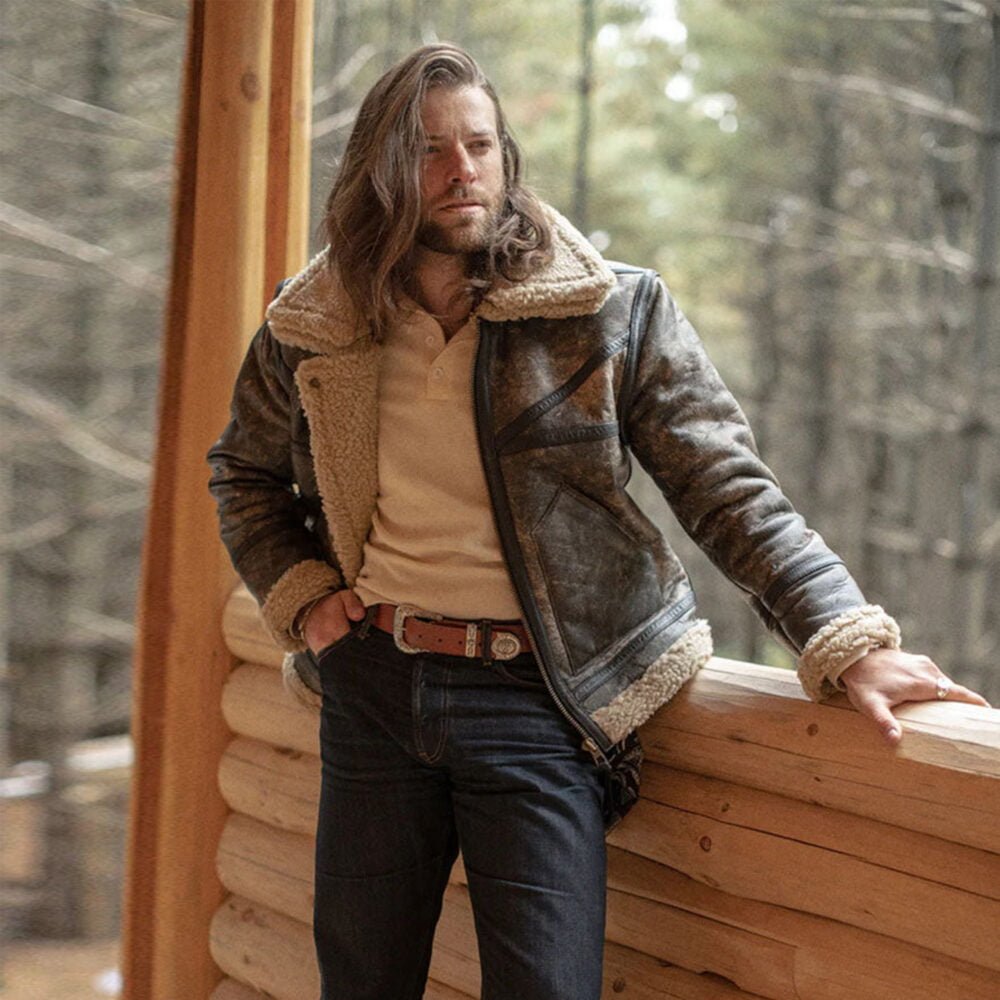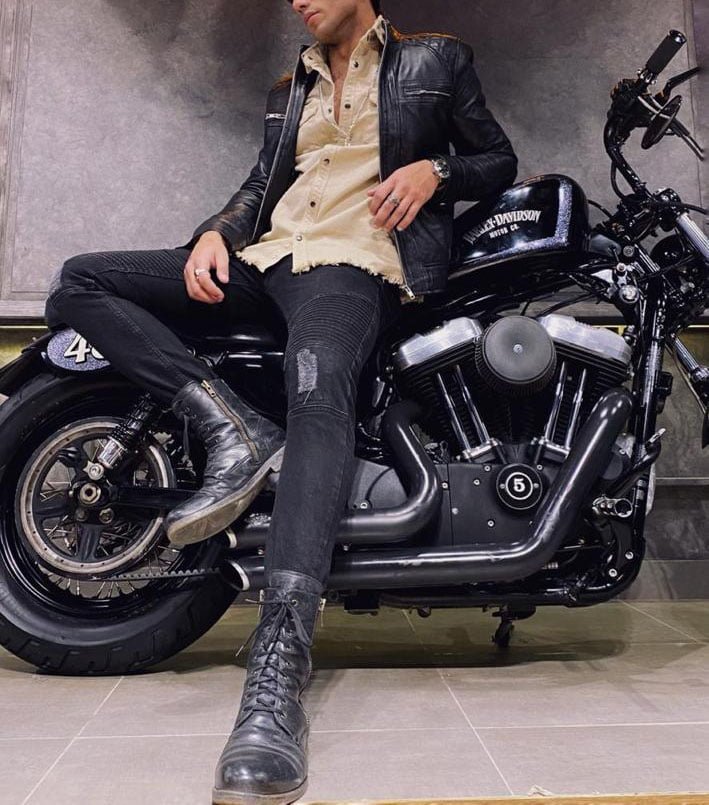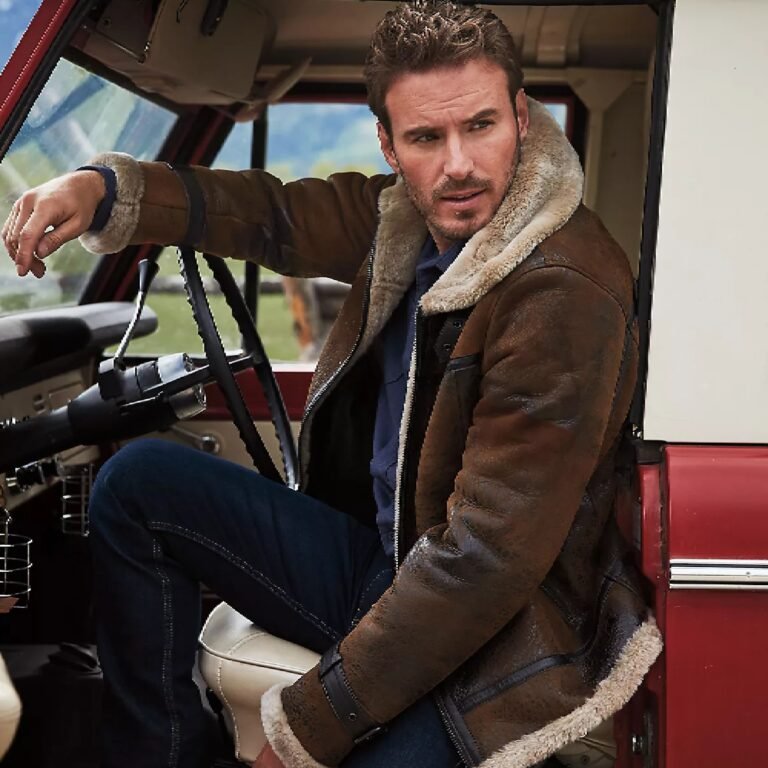What is a Shearling Coat Made From?
Understanding Shearling: The Raw Material

Shearling is a term that refers to lamb or sheepskin that has been tanned with the wool still attached. This unique material offers the best of both worlds: supple leather on one side and soft, insulating fleece on the other. The combination of these two elements makes shearling highly sought after for its comfort, warmth, and luxurious feel.
The source of shearling materials primarily comes from young sheep or lambs, whose skins are particularly prized for their fine texture and softness. The delicate balance of youthful wool fibers with durable leather results in a versatile and resilient fabric ideal for high-quality garments.
The transformation of raw sheepskin into shearling involves a detailed tanning process. Initially, the sheepskin undergoes cleaning to remove any impurities. This is followed by treating the skin with various tanning agents, which preserve the material and prevent decomposition. The skin is then softened through a series of mechanical and chemical treatments, ensuring that the leather remains flexible while retaining the wool’s natural loft and softness. This meticulous process results in a durable yet comfortable fabric suitable for a wide range of clothing items.
Different types of shearling exist, and these variations are often influenced by the breed of sheep and their geographic origins. For instance, Spanish Merino shearling is renowned for its fine, dense wool and supple leather. Toscana shearling, on the other hand, is known for its long, silky fibers that offer exceptional warmth and a plush texture. Each type of shearling brings its own unique attributes, making it essential to choose the right kind based on the desired qualities in the final garment.

The Benefits and Characteristics of Shearling Coats
Shearling coats offer a range of benefits that make them a preferred choice for many. One of the most notable advantages is their exceptional insulation properties. The natural wool fibers in shearling are highly effective at trapping heat, ensuring that the wearer remains warm even in the coldest conditions. This insulating capability makes shearling coats ideal for winter wear, providing reliable protection against harsh elements.
In addition to insulation, shearling coats are renowned for their breathability. The porous nature of the wool fibers allows for excellent air circulation, which helps to wick moisture away from the body. This breathability ensures that the wearer stays comfortable, regardless of fluctuating temperatures, preventing overheating and maintaining a balanced internal climate.
The durability of shearling coats is another significant benefit. Unlike many other materials, shearling is known for its resilience and ability to withstand wear and tear. A well-maintained shearling coat can last for many years, making it a worthwhile investment. Its natural toughness means that it can endure daily use and still retain its quality and appearance.

When it comes to comfort, shearling coats excel. The luxurious softness of the wool feels gentle against the skin, providing a cozy and comfortable experience. This softness, coupled with the coat’s insulating properties, makes shearling an exceptionally inviting material to wear.
Shearling coats are also celebrated for their style and versatility. Their timeless design means they can be worn in various settings, from casual outings to formal events. The classic look of shearling never goes out of fashion, making it a versatile addition to any wardrobe.
Proper maintenance and care are essential to preserve the quality and longevity of a shearling coat. Regular cleaning, preferably by professionals specializing in shearling, is recommended. Additionally, storing the coat in a cool, dry place away from direct sunlight will help maintain its condition. Using a breathable garment bag can further protect the coat from dust and damage.




